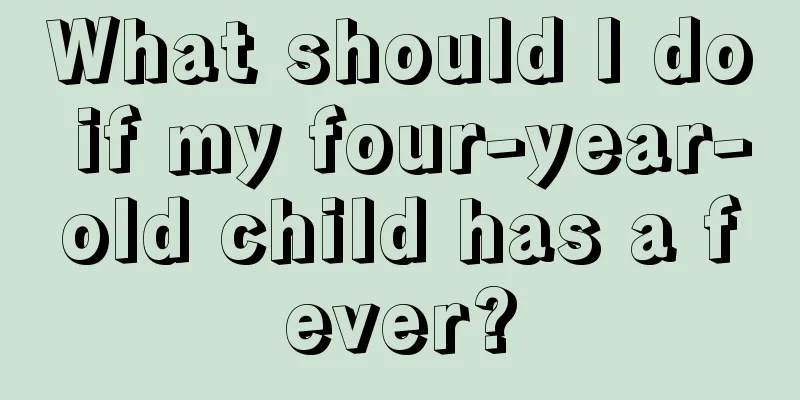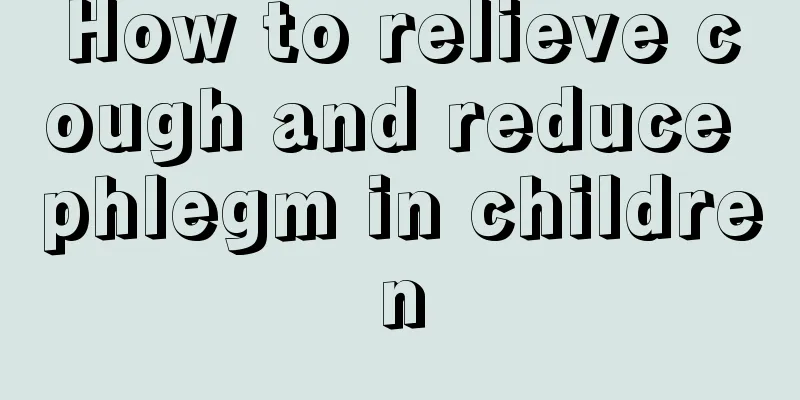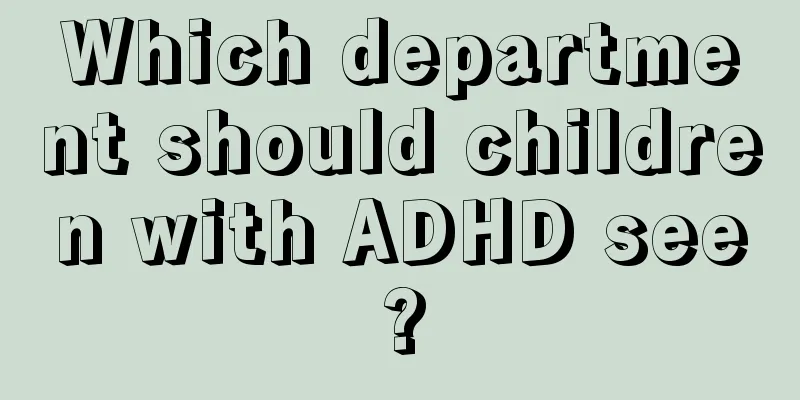What should I do if my four-year-old child has a fever?

|
One of the most headache-inducing things for parents is their children having a fever, but children’s resistance is relatively low, so when the temperature changes and the seasons change, children are very likely to catch a cold, and then they are very likely to have a fever. A child's fever can cause great harm to the lungs and various organs of the body. If the temperature cannot be reduced as soon as possible, it may induce pneumonia or meningitis. So what should we do if a four-year-old child has a fever? First of all, we need to determine the child's temperature. Generally, antipyretics can only be used when the child's temperature reaches 39 degrees. Therefore, it is recommended that mothers keep thermometers and antipyretics at home on a daily basis, and pay attention to their shelf life. If the child's temperature is below 39 degrees, it is not recommended to use antipyretics or antipyretic injections. Because all medicines are toxic, some common antipyretics have some toxic side effects. If taken improperly, they can easily cause the baby to faint. It is recommended to try physical antipyretic methods to help children reduce fever. Here I would like to remind mothers that once the child has a fever, do not give the child antipyretics immediately. You must first check whether the child's fever temperature reaches above 39 degrees. 1. Don’t let your child wear too many clothes to help him dissipate heat. When a child has a fever, his whole body is usually hot. Some people think that "forcing" the sweat out is helpful, but in fact doing so can easily cause cramps, is not conducive to the baby's heat dissipation, and aggravates the fever. 2. Let your children drink more water, but never beverages, especially sweet things. You can add some salt to the water appropriately. I would also like to remind you not to give your baby cold water. It is best to give your baby warm water to avoid aggravating gastrointestinal symptoms or coughing problems. 3. Apply cold wet compress on the head. Soak a towel in cold water and then dry it. Place it on the baby's forehead and change it every 5 minutes. If you have a head bag, that will also work. 4. Wipe the baby's body with wet water, and use a warm and wet towel to wipe the baby's head, armpits, limbs and other wrinkled areas to promote heat dissipation. If alcohol is available, you can use it. 5. Pay attention to the indoor temperature and try to keep your baby in an environment around 24 degrees. The above article introduces some methods that can help children cool down. You can follow the methods introduced in the article to help cool down quickly. When the child has a fever, you should pay close attention to the changes in his temperature. If the temperature does not exceed 39 degrees, you can choose physical cooling methods. If the temperature is always higher than 39 degrees, you need to take medicine or infusion to forcibly reduce the temperature. |
<<: What should I do if my child has enteritis and fever?
>>: What foods are good for children?
Recommend
Why does my baby's head always lean to one side?
The health of the baby is an issue that parents a...
How to train children's concentration?
In life, many children have varying degrees of in...
What should children eat to get rid of dampness?
Not to mention babies, even adults like us have d...
Baby's forehead is hot and his hands and feet are cold
If you find that your baby has a hot forehead and...
What is adenoids hypertrophy in children
Now, families pay special attention to children, ...
How to supplement zinc and calcium deficiency in children
The development of children in childhood is a top...
What should I do if my child suddenly has a fever in the middle of the night?
Babies are prone to fever in summer. Because the ...
The harm of a five-month-old baby standing
When a baby is born, he does not have his own abi...
What should I do if my baby has preauricular fistula inflammation?
In life, the health of the baby is directly relat...
What to do if your baby is allergic to egg yolk
Everyone knows that babies need to add complement...
Is it normal for a six month old baby to have anemia?
When some parents took their 6-month-old babies f...
The dangers of little girl's leg-clip syndrome
Parents always find that their little girls have ...
Why does the baby twitch when feeding?
Generally speaking, infants' nutritional need...
Two week old baby crying at night
A two-week-old baby is very small, and his physic...
What to do if your child has language barriers
Patients with language disorders will have proble...









